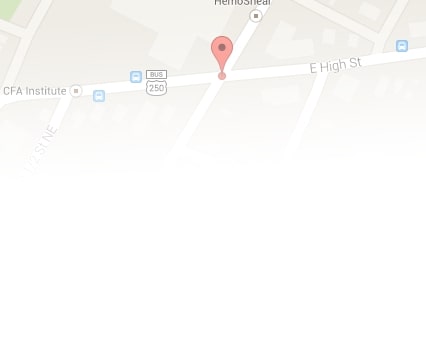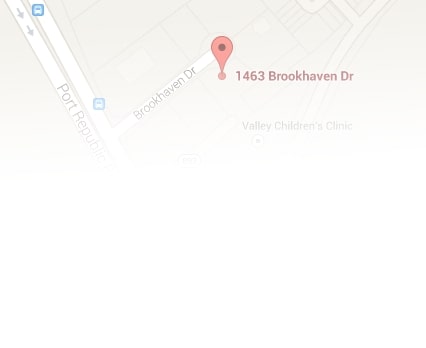A trademark, according to the United States Patent and Trademark Office (USPTO), is a “word, phrase, symbol or design, or a combination thereof, that identifies and distinguishes the source of the goods [or, services, in the context of a service mark, both of which are referred to generally as “trademarks”] of one party from those of others.” In general, it is often your business or product name and your logo, items which are crucial to branding and marketing your products and business and distinguishing you from your competitors. The protection of your trademark is key to preventing competitors from branding their products or services in a way that causes confusion with yours, and eats into your market share, or worse, sullies your reputation with inferior products.
Not all products or logos are eligible for trademark protection, or are able to effectively enforce their registered trademark. For instance, generic or descriptive terms usually cannot be protected by trademark. I probably couldn’t trademark my new pant manufacturing business which I’ve creatively named Trousers. At the other end of the spectrum, sometimes branding works so well that a brand name that was originally protected is used so often by the public that it actually becomes a generic term and is in danger of losing its protection. This is called genericide, and one common example is Kleenex, a term people frequently use to refer to a tissue, no matter what brand.
Intellectual property, an overview of which can be found here, is the subject of countless disputes, often between companies that are household names. Although there is much litigation focusing on who used a particular mark in commerce first and therefore owns the mark, or whether one company’s mark is so similar to another so as to cause confusion, interesting situations arise when the crux of the dispute is whether one party’s claimed mark is not eligible for protection because it is too generic or merely descriptive. Here are three recent examples of this scenario.
1. “App”-licability
Many people are familiar with the App Store feature for electronic devises, commonly Apple’s iPhones and iPads, where consumers can shop for programs to download and install on those electronic devises. Apple, Inc. registered the term “App Store” for trademark protection in 2008 but, as detailed in recently filed pleadings, Microsoft Corporation argues that the term “app store” cannot be trademarked by Apple because it is a generic term, similar to “toy store.” No ruling has been issued yet, but if Microsoft gets its way, it still won’t be able to tell consumers “there’s an app for that.” That slogan’s already been registered by Apple, and the slogan is likely distinctive enough to enjoy the benefit of trademark protection.
2. Terms of Endearment
I don’t think I know of an example where residents of a specific geographic area have embraced a term of endearment more than Baltimoreans and the word “Hon.” But make no mistake, their affinity for nicknames does not make them softies. One local restaurant owner may regret her decision to pursue trademark protection for the term “hon,” as it’s stirred quite a strong reaction from the locals. Given the long-term and widespread use of the word, it would likely be difficult for the restaurant owner to actually enforce her trademark against another party.
3. Find Your Own Cure Cause
Recently, the Susan G. Komen for the Cure foundation has taken some flack for being less than charitable in aggressively enforcing what it claims is the trademark protected “for the cure” portion of its name. Perhaps due to the economy, ever-increasing competition for donated dollars has led charities to be increasingly vigilant about protecting their trademarks and making sure that charity confusion doesn’t lead donors to mistakenly donate elsewhere. Is the “for the cure” phrase alone distinctive enough to belong to Komen? Is the public relations cost of enforcing any trademark protection worth it?
Trademark Tips
When developing a product or a brand, or developing trade dress, first search the USPTO database to make sure your idea hasn’t already been registered by someone else. Then, take the time to register your mark with the USPTO, and make sure your mark is unique enough to be enforceable. I frequently assist my clients with this process to ensure that the marks, wording, and designs they’re building a brand or product around are properly registered. Doing so will put the public on notice of your claim of ownership of the mark, and create a presumption that you own the mark and have the exclusive right to use it in the United States, which is helpful in the event that you need to enforce your rights against an infringing party.
One final football related note: The Terrible Towel which is so familiar to Pittsburgh Steelers fans is a registered trademark, and it’s made . . . in Wisconsin.
MartinWren, P.C. is an AV-rated, multi-service Virginia law firm that represents individuals and businesses in Business, Corporate, and Tax Law, including intellectual property and technology law, entity formation, financing, maintenance, dissolution, and ownership transactions.
Contact us if you would like help with business law matters.



